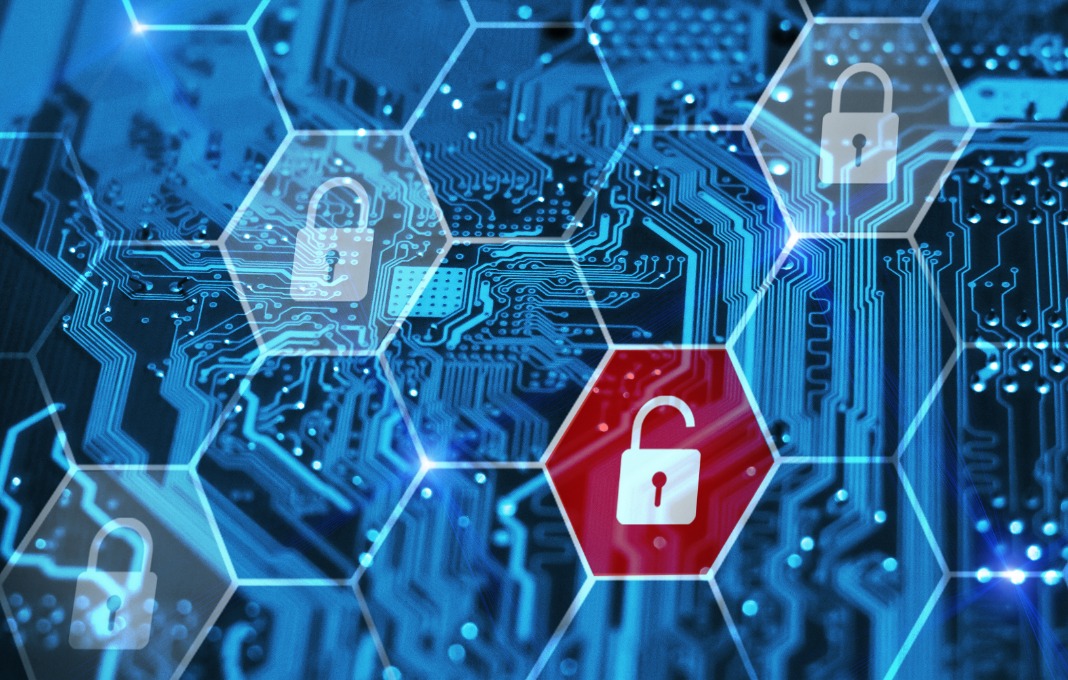Success in cybersecurity for an organization is like a strong defensive line on a football team. There are weak spots and unexpected injuries, but with the right measures in place, you can block at the right time and foresee any trick plays by the opposing side.
In recent years, a number of large-scale breaches have made headlines, which have moved the needle on enterprises becoming more aware of their cyber hygiene and determining how often to monitor cybersecurity efforts. This global alarm is not without reason, as a 15 percent annual increase in data breaches in 2021 cost U.S. businesses more than $6.9 billion. Of course, when technology advances, the intelligence of cybercriminals follows suit. No two years are the same in how attacks are implemented, but there are several reasons why a security system becomes liable to attacks, including unpatched vulnerabilities, human error and unknown assets.
Digital transformation is moving at rapid speed, and41 percent of business executives say they don’t think their security initiatives have kept up with advancements. Essentially, almost half of business leaders are not monitoring risks often enough, as regular cybersecurity audits can support security strategies by assessing vulnerabilities.
While a research-intensive audit may not be necessary more than once or twice a year, it is important enterprises measure effectiveness throughout the year. Just like when an all-pro linebacker is injured in a mid-season game, you never want to operate your business when the door is left wide open for an attack.
When evaluating a security program, here are four recommended questions that business leaders should consider:
- How much of the cyber environment is my team regularly scanning?
- Approximately how much time passes between scans?
- Do behaviors vary across business units or geographies?
- Are areas broken out by the urgency of the asset, the type of asset, geolocation of the asset, or any other factors?
After assessing the above questions, here are some guidelines to measure the effectiveness of your cybersecurity system:
Measure and Rate Current Security Performance
Throughout the year, it’s important to know when risks are higher than normal. Reliable organizations and outlets, such as the FBI and Cybersecurity and Infrastructure Security Agency (CISA), are beneficial for staying abreast of trends and calamities that happen in a specific industry or season. For instance, in 2021, 89 percent of cybersecurity professionals surveyed reported that they were concerned about cyber intrusions ahead of the holiday season, and warnings have been issued for ransomware attacks on holidays and weekends when offices are typically closed.
Administering security ratings is an excellent way to monitor operational performance in all seasons and in a variety of industries. Security ratings are a data-driven initiative that allow businesses to assess the likelihood of a breach based on risk factors due to the following:
- Unpatched systems
- Open ports
- Misconfigured software
- Malware infections
- Weak security controls
The results are presented as a numerical score, which makes it easy to convey an organization’s cybersecurity readiness in layman’s terms.
Vulnerabilities in the digital ecosystem can creep in unexpectedly. Identifying them usually requires manual effort and careful analysis by cybersecurity experts, but that doesn’t mean businesses can’t learn more about identifying such organization-wide risks. Scanning a program’s environment and addressing risks in a prioritized manner are the pillars of any effective security system. But the executive team at an organization doesn’t always have a complete understanding of these measurements.
The two critical measurements are:
- Assessment Maturity: This metric gives leadership insight into security scanning processes to ensure their team is operating with a complete and accurate picture of the evolving attack surface.
- Remediation Maturity: This metric enables decision makers to evaluate how timely and proactive they are in mitigating critical dangers.
If a vulnerability is identified using the above metrics, executives can drill down into the root cause to garner specifics on the “why.” The point is to drive continuous improvement of a security posture through heightened awareness of weak points and knowing how to improve them.
Compare Cybersecurity Programs Against Your Peers
On their own, these weakness-detecting metrics don’t report everything you need to know. To gain perspective, it’s important to understand how the vulnerabilities stack up against other businesses in a specific vertical. Regardless of the industry, it’s not wise to rank near the bottom, especially regarding security function.
When contemplating cyber hygiene fundamentals and how they compare, there are a few must-know items, including:
- How is my business doing?
- How do I compare to my peers and what are those metrics?
- What specific actions do I need to take to improve?
The answers to these questions will help businesses allocate resources by enabling leaders to understand how they are performing across internal business units as compared to their peers. Think of it like a professor grading on a curve and telling the student exactly what is needed to get an “A” in the class.
With a record year of breaches and catastrophic outcomes, executives must be on guard against cyberattacks. It only takes two days for a cybercriminal to penetrate a company’s internal network, so having a contingency plan in place and harnessing information is the first step in protecting your business in the digital age. Through monitoring, measuring, identifying gaps and comparing against peers, it is possible to effectively measure the effectiveness of your cybersecurity program.









